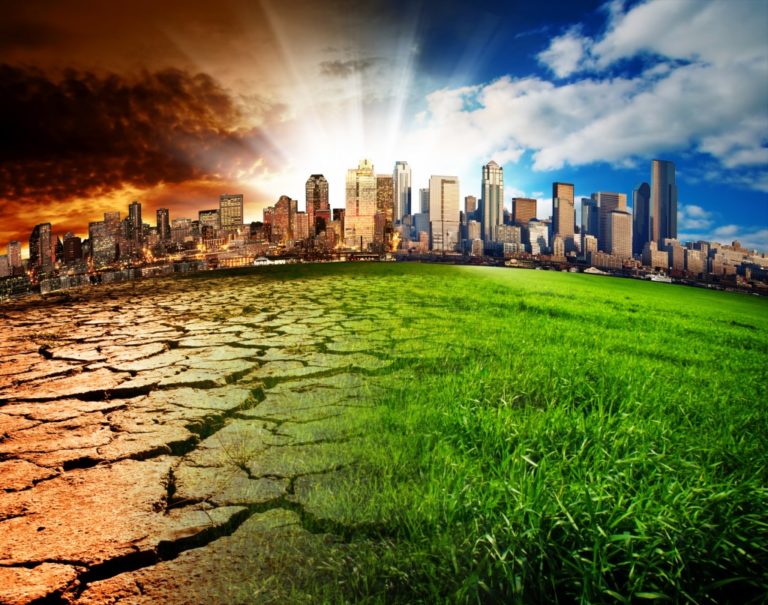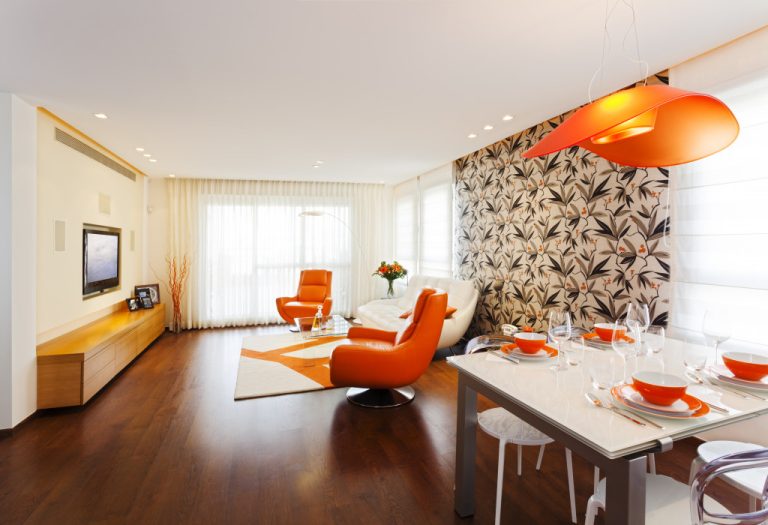As our planet faces the issue of climate change each day, many people find themselves considering a move to places with more favorable conditions. Yet climate is only one part of the equation; building design is often just as influential if you’re seeking a more comfortable place to live. Here are three ways in which well-designed buildings can become great indoor spaces where people can live and work each day.
Adapting for durability
Buildings are designed with a long-term approach; whether it’s a residential property or a skyscraper, you typically expect these structures to serve their purpose for many years. In this aspect, building design and material selection play a crucial role. Designers may wish to apply the latest trends in their work; clients often seek the most cost-effective option. But when local conditions result in exposure to extreme heat or cold, the practical consideration of durability must be a priority if a building is to remain functional over time.
In areas with cold winters such as Salt Lake City, commercial concrete with its reinforced properties is an excellent choice, capable of bearing the additional weight from heavy snow and ice formation. Warm weather structures may favor hardwood, provided the humidity is managed properly. The risk of damage from weather extremes, such as flooding, can be mitigated by ensuring proper drainage and sloping design in the landscaping of the property.
Increasing comfort for occupants
If you’re like most people, then a lot of your time is spent indoors. Office buildings and homes alike are expected to harbor a number of occupants for extended periods, if not the entire day. Considering the comfort and well-being of occupants in any climate is a major influence on building design; travel to different parts of the world, and you’ll see that within a given location, structures tend to look more alike than those from another climate due to making the same adaptive design choices.
Houses in tropical areas may be slightly raised on wooden posts or pillars to create space underneath. This serves a dual purpose of preventing water from getting into the home during a sudden downpour and leaving an effective cooling space beneath the actual living areas to draw heat away from the home. In colder climates, homeowners and building managers will want to invest in proper air sealing, reinforced insulation, central heating systems, and similar features to keep heat within the building.
Reducing energy consumption

Contractors and designers may not have to live in the structures they build; thus, the cost of upkeep isn’t one of their primary concerns. Sometimes, principles such as passive solar design can be utilized during the construction phase, which helps reap the long-term benefits of energy efficiency. However, the building’s occupants will often want to take additional steps to address any oversights in this regard; after all, they are usually the ones who will end up footing the energy bill.
Planting fast-growing shade trees in hot climates is a great solution for passive cooling. Adding electric fans for circulation lessens the dependency of tenants on air conditioning. Upgrading windows to double- or triple-glazed, energy-efficient versions can reduce heating costs while also reducing glare, making these particularly useful for maintaining optimum working conditions in an office.
In a world facing climate change, these considerations which drive building design and construction choices across the globe deserve more attention so that all potential occupants can benefit from making the right decisions on which property to live in and where to work.



